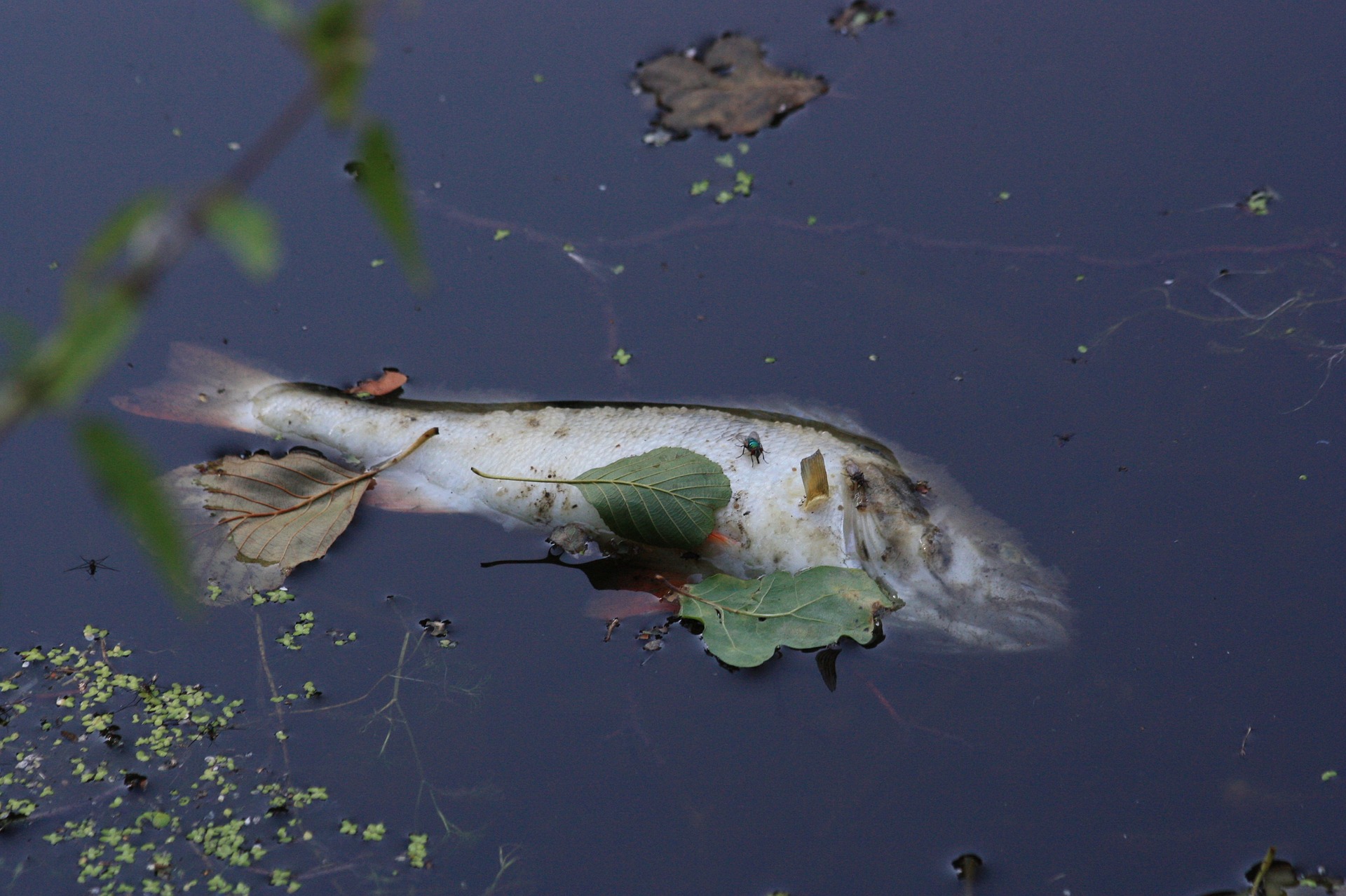
EXPERT REACTION: What killed a million Darling River fish?
It has been reported that a million fish have died along the Darling River. Officials initially blamed drought and rapid shifts in water temperature disrupting algal blooms. Locals, however, aren't convinced, saying the issue stems from the State and Federal Government's poor water management and irrigation farming.
Organisation/s: University of Technology Sydney (UTS), The Australian National University, Charles Sturt University, The University of Queensland, University of South Australia, The University of Adelaide
News for:
Australia
NSW
VIC
QLD
SA
ACT
Media contact details for this story are only visible to registered journalists.


Expert Reaction
These comments have been collated by the Science Media Centre to provide a variety of expert perspectives on this issue. Feel free to use these quotes in your stories. Views expressed are the personal opinions of the experts named. They do not represent the views of the SMC or any other organisation unless specifically stated.
Simon Mitrovic is an Associate Professor in Freshwater Ecology at the University of Technology Sydney
Professor Quentin Grafton is Chairholder UNESCO Chair in Water Economics and Transboundary Water Governance